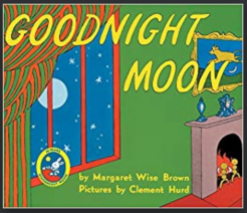A book is an idea. It is also an object. You can feel its weight, smell the ink and paper. The pages rustle as you turn them.

When I think of books that have delighted, scared, comforted or bored me I can see and feel the physical books in my memory. I now read many e-books because it is easy to get and store them. But I wonder if the ideas will linger as long without being anchored to physical objects.

Isabelle Arsenault from Velocity of Being
Right now I am reading The Library Book by Susan Orlean. It tells the story of the LA Library fire. It is the story of millions of pounds of books, of one specific library and of libraries in general. Her prose is exhilarating and surprising, enriched with odd morsels of information.

Violeta Lopiz – Velocity of Being
I am about to read The Velocity of Being: Letters to a Young Reader, edited by Maria Popova and Claudia Zoe Bedrick.

Here is their description of the book:

And here is a link to Popova’s announcement of the book in her newsletter Brainpickings.
I am happy to be there in The Velocity of Being along with so many people I admire. Here is my illustration painted in response to a letter by Sarah Lewis.

I look forward to reading, seeing and touching the book.

Vladimir Radunsky- The Velocity of Being
I have a favorite cookbook that is falling apart from use. The binding is shot. The pages are battered, spattered and lumpy. My husband found a brand new copy of the book at Goodwill, so I gave mine to a friend. But I missed it! The wrinkled and oil-spotted pages told a history of my life in the kitchen. I traded back for my old book.

Beatrice Alemagne – The Velocity of Being
Well-loved and oft-read books have memories that stick to them. Despite the konvenience of Kindle I still like holding books in my hands. The content comes through all the senses.

Lara Hawthorne – the Velocity of Being











